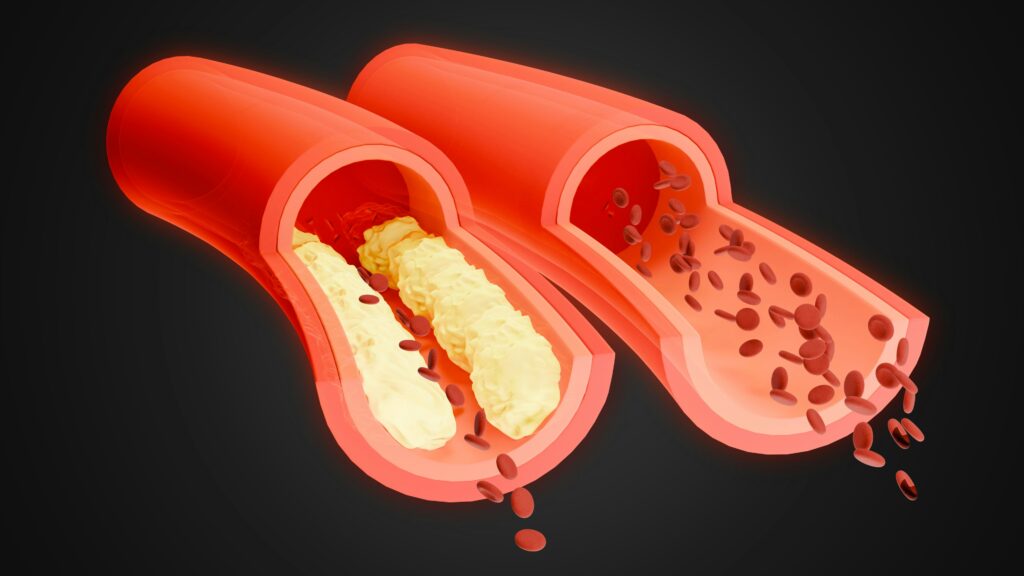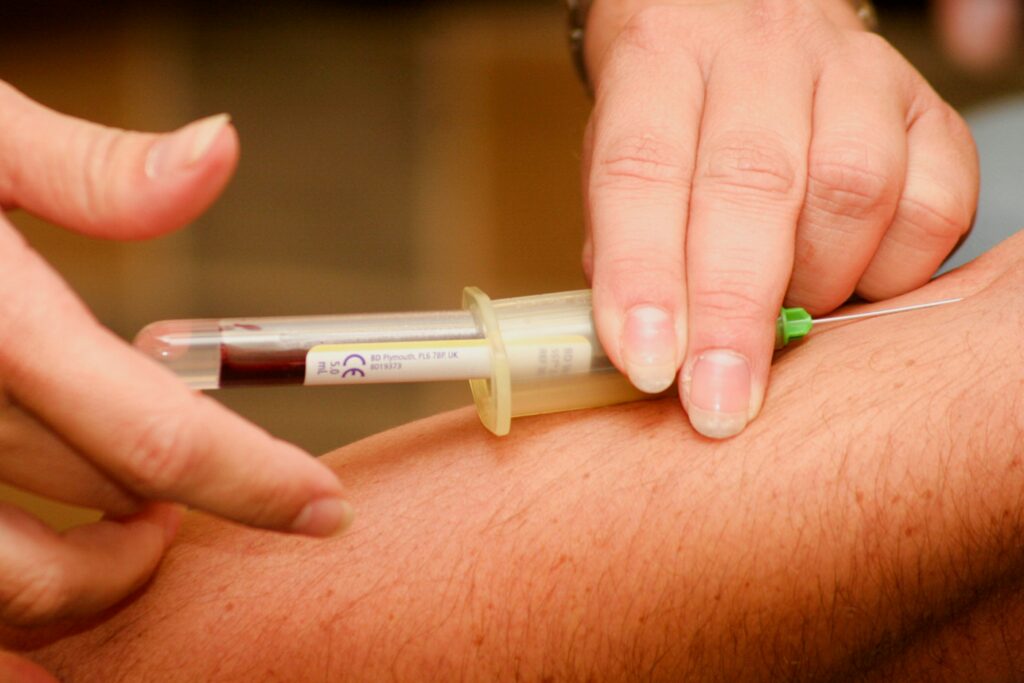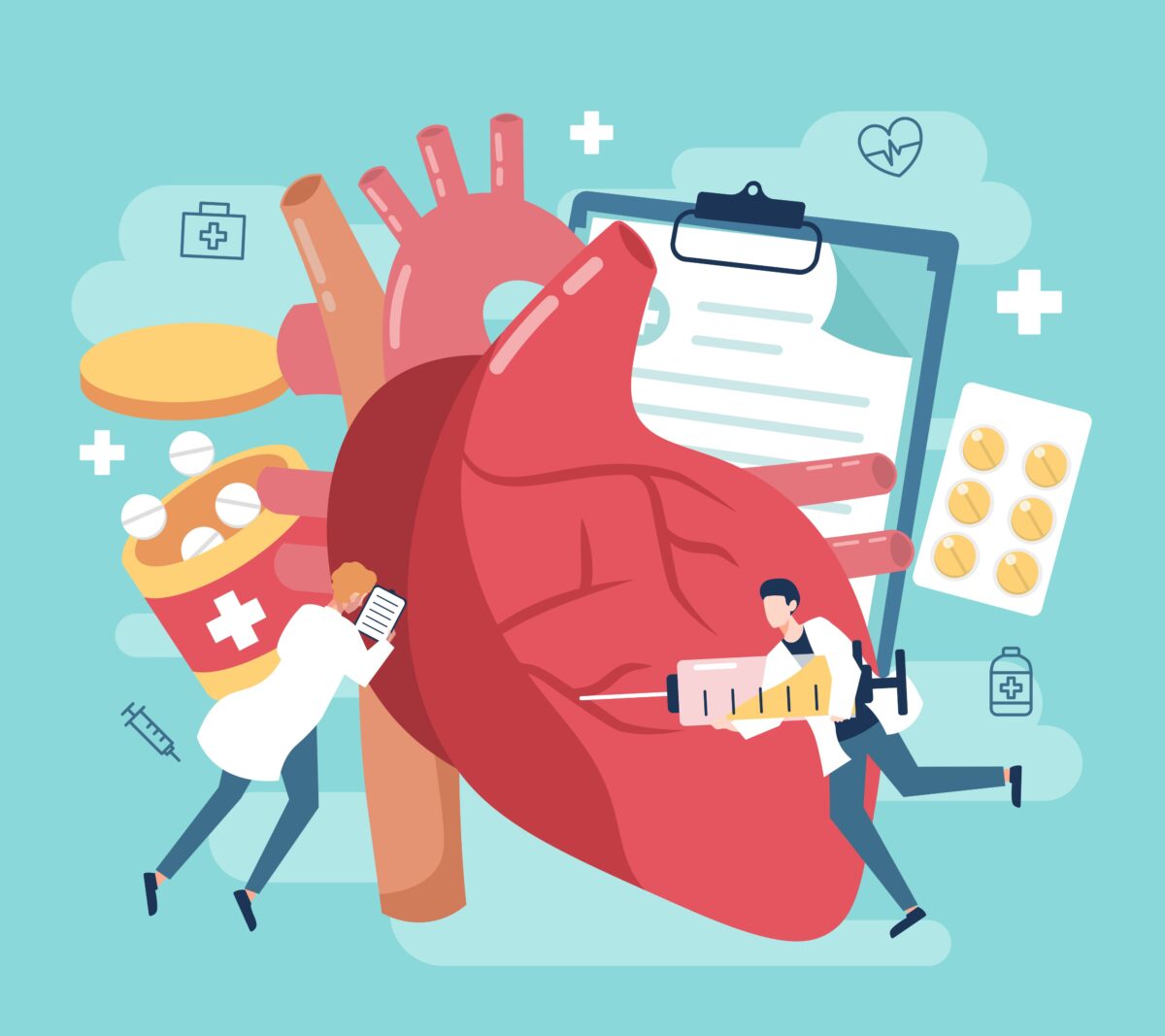
What is Cholesterol?
Cholesterol is a substance that is both made by the body and found in certain foods. Cholesterol is part of a structure called a lipoprotein which is made up of varying amounts of both lipids and protein. Cholesterol has a waxy consistency and is used by the body in hormone and cell production and the digestion of food. Total cholesterol is the combination of HDL, LDL and a type of cholesterol called VLDL (very-low density lipoprotein).
Types of Cholesterol

- High-density lipoprotein (HDL)
HDL is considered the “good” type of cholesterol. This is because it helps to move LDL cholesterol to the liver, which removes it from the circulation and the body. HDL cholesterol (HDL-C) is also thought to play a role in removing LDL-C from arterial plaque.
- Low-density lipoprotein (LDL)
LDL cholesterol (LDL-C) is known as “bad” cholesterol because of its tendency to accumulate on arterial linings and form plaque.
- Very-low density lipoprotein (VLDL)
VLDL is made by the liver and contains a high amount of triglycerides which are carried out to the body’s tissues.
Triglycerides are not a type of cholesterol, but a common type of fat. Like cholesterol, they are produced by the body and found in foods. They can also contribute to the formation of plaque in arteries. Elevated triglycerides are considered an independent risk factor for heart disease. That is why they are checked with cholesterol levels as part of a lipid panel.
Recommended Cholesterol Levels

Serum (blood) levels of cholesterol for adults over the age of 20 differ only slightly for men versus women. Both men and women should strive to keep their total cholesterol level between 125 and 200 mg/dL.
- LDL cholesterol for both groups should be less than 100 mg/dL.
- HDL for men should be at least 40 mg/dL and 50 mg/dL or higher for women.
- Triglyceride levels should be under 150 mg/dL.
Adults should have their cholesterol levels checked when they reach age twenty and then every four to six years. People who are treated for elevated cholesterol or who have certain risk factors may need to be monitored more closely and have their levels checked more frequently.
How is Cholesterol Harmful?

Atherosclerosis (hardening of the arteries) begins with an injury to the artery (blood vessel) wall and a resulting immune-system reaction, including inflammation. When the tunica intima, or innermost layer of the arterial wall is damaged, blood components can invade the middle layer. A plaque forms at the injury site and LDL-C the main component of total cholesterol, embeds itself at that site inside the artery wall.
Over time, narrowing of the artery walls decreases oxygen delivery to tissues all over the body. Atherosclerosis can lead to coronary artery disease (CAD), peripheral artery disease (PAD), and chronic kidney disease (CKD) as the smaller arteries in the body become obstructed and less flexible from plaque deposits.
An embolus (clot) can form if portions of a plaque break off. When these emboli (clots) travel through the circulatory system and cause a complete blockage of blood flow, they can cause a stroke or myocardial infarction (heart attack).
What Affects Cholesterol?

Most chronic diseases, including cardiovascular disease (CVD), involve complex interactions between many genetic and lifestyle factors. Cholesterol levels, like heart disease itself, can be affected by both modifiable and non-modifiable risk factors.
Examples of non-modifiable risk factors are heredity, race or ethnicity, age, and sex. For example, some people are more likely to have high cholesterol because their parents have it and they have inherited this tendency. Cholesterol levels naturally rise with age, and women generally have lower cholesterol levels than men prior to menopause, after which women’s levels of LDL-C tend to increase.
If you have high blood pressure, are obese or overweight, or have diabetes be sure to discuss your cholesterol levels and whether or not you need treatment with your healthcare provider.


